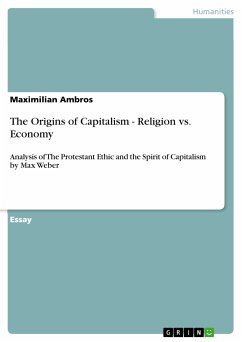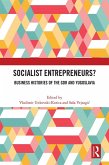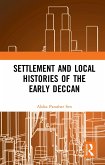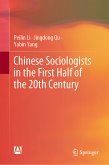Essay from the year 2019 in the subject Sociology - Political Sociology, Majorities, Minorities, grade: 72, Oxford University, course: BA History, language: English, abstract: This essay will investigate the usefulness of the distinction between 'refugees' and 'ordinary' migrants for 20th-century histories of population movements and displacement. The twentieth century was an unprecedented era of mobility as, for a plethora of reasons, both refugees and 'ordinary' migrants crossed national and international boundaries. It was the century that witnessed the collapse of empires, two world wars, the emergence of the nation-state and growing internationalisation; all of which provided the conditions for global mass movement. Though there is a seeming consensus that this period was an 'age of migration', the extent to which the terms 'refugee' and 'ordinary migrant' are useful has been more heavily debated: states and international agencies often insist they are separate categories, despite copious evidence that, in practice, these labels are vague. By first tracing the history of the terms and then entering into a discussion about the usefulness of the distinction with a particular focus on the politicisation of labels, homogenisation of individuals and blurring of the terms, this essay will conclude that the crucial problem with the supposed dichotomy is that, in every form of migration, there is some degree of agency. Though labelling is necessary for legal grounds, in practice, there is a spectrum of migration, ranging from almost entirely involuntary to voluntary. Thus, for twentieth-century histories of population movement and displacement, the distinction between 'refugee' and 'ordinary' migrant is an artificial one that is problematic in the academic sphere: the categories are, in fact, significantly blurred and the only tool maintaining the distinction is the label of 'refugee' itself.
Dieser Download kann aus rechtlichen Gründen nur mit Rechnungsadresse in A, B, BG, CY, CZ, D, DK, EW, E, FIN, F, GR, HR, H, IRL, I, LT, L, LR, M, NL, PL, P, R, S, SLO, SK ausgeliefert werden.









